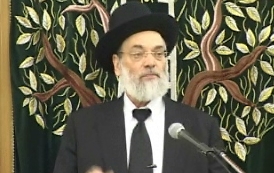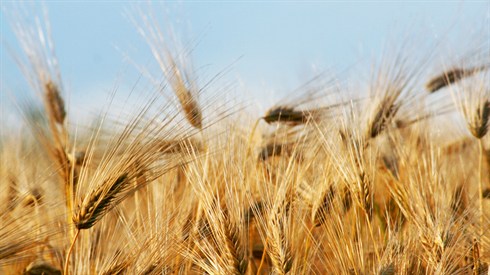6
We will focus on the meaning of counting, which is found in our parasha and many other places in Tanach. We will see that the counting is also frequently connected to participation in the army, a setting in which even the mundane is holy, as people fight the battles of Hashem.
We start by noting that not all Jews were counted, but only men from the age of 20 (see Shemot 30:12-14). In Bamidbar, the Torah explains the significance of the age of 20 – "… all those who go out to the army in Israel shall you count" (Bamidbar 1:1-3). The counting comes up again later in the book, and there the "pekudim" are those who went to fight the Midianites (ibid. 31:48-49). The pekudim in Nach are also consistently related to going out to battle. Yehoshua counted them as he prepared to go to battle with the city of Ay (Yehoshua 8:10-11). The same is true of the men of the Tribe of Binyamin, as they prepared for battle (Shoftim 20:15). We find the same root arising when Shaul prepared to fight to save the people of Yavesh Gilad (Shmuel I, 11:8). It appears again as Shaul was preparing his army to fight Amalek (ibid. 15:4). There are multiple examples in this vein in Divrei Hayamim.
One of the most impactful counts uses the root pakod and focuses on soldiers. David pressured his head general, Yoav, to do a count of the men of war who brandished swords, in a way that violated Halacha (Shmuel II, 24:2-4). In the aftermath of the punishment that befell the people, the place where the Beit Hamikdash was to be built was revealed. It turned out that those counted soldiers would later take part in the building of the Beit Hamikdash.
Enlistment in the IDF is intimately related to the goals of the Exodus from Egypt – the acceptance of the Torah and the establishment of a Jewish state whose capital is Yerushalayim and whose center is the House of Hashem (see Yeshayahu 2). This state is to serve as a light unto the nations, in which the values and ideals of the Torah will be realized. It is impossible to separate these goals. It is specifically those who learn Torah who should be the backbone of the IDF (they need not be afraid of their sins (see Devarim 20:8)). Torah and Eretz Yisrael go together. The gemara (Chagiga 5b) refers to learning Torah outside Eretz Yisrael as relatively ineffective. Those yeshiva students who found the way to combine the two values are the "men of valor" – the giants of Torah of our generation, as they unite around them all of the factions of Klal Yisrael.
?How we should dress for Prayer
Chapter five-part two
Rabbi Eliezer Melamed | 5775
The Desecration of God and the Torah
Rabbi Eliezer Melamed | 5775
?How we should dress for Prayer
Chapter five-part two
Rabbi Eliezer Melamed | 5775

Yonah ben Amitai
Rabbi Shaul Yisraeli zt"l | 5774

P'ninat Mishpat: Rental of an Apartment that Was Not Quite Ready – part II
based on ruling 82031 of the Eretz Hemdah-Gazit Rabbinical Courts
Beit Din Eretz Hemda - Gazit | Iyar 5784
Daf Yomi Makkot Daf 20
R' Eli Stefansky | 30 Nisan 5785
Daf Yomi Makkot Daf 21
R' Eli Stefansky | 1 Iyar 5785





